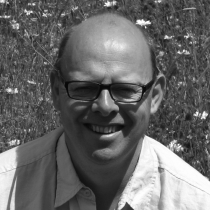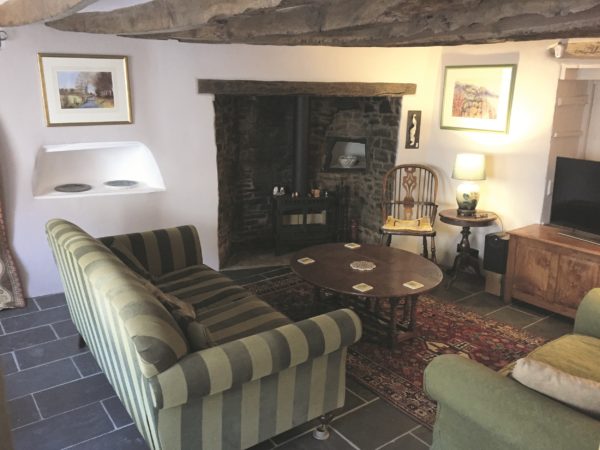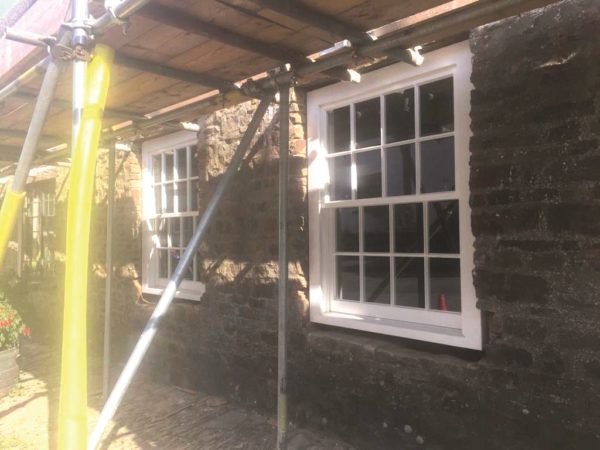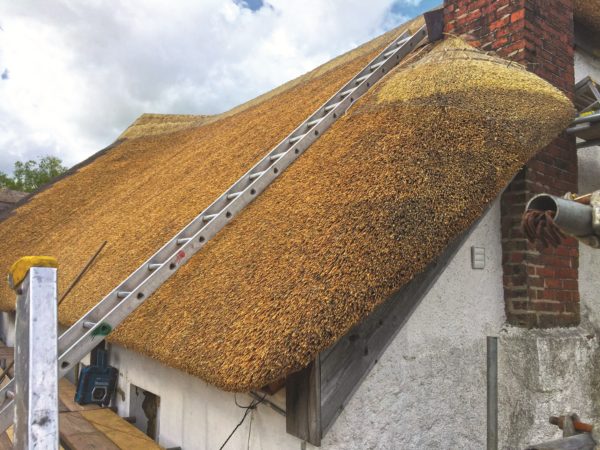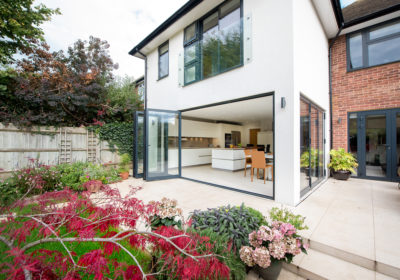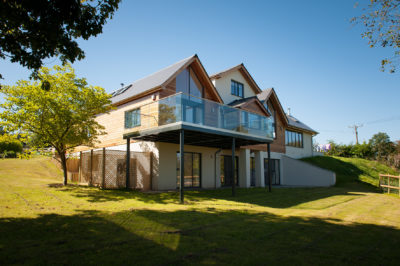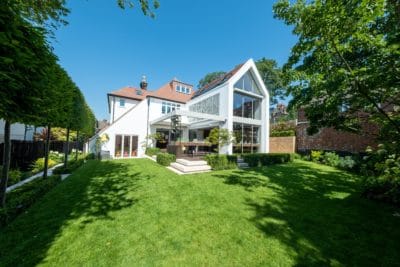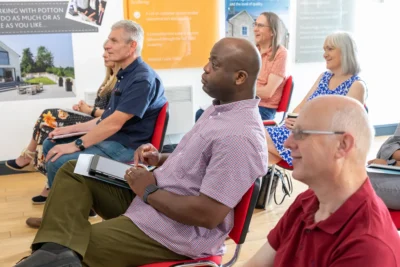Living on a building site is becoming increasingly difficult.
The cottage is a shambles. Our large, and now muddy, dogs trailed destruction through it. On the rare occasions the sun shone, dust settled everywhere, and when it rained the roof leaked.
My bubble wrapped ‘office’ in the shed has been increasingly overwhelmed by a jumble of pull-up banners, seed boxes, flags, drawings and the massive wooden and Perspex ‘bumblarium’ that I’m taking to the Gardener’s World show with the Bumblebee Conservation Trust.
Things were improved by a kind friend lending us some more storage space in her barn, but by the end of month one it was already increasingly difficult to be jolly, and you could see concern written in the builders’ faces, too.
There are some reasons to be cheerful, though. We have done a couple of good deals on kit, which we paid for up front. We’re not big eBay users, and want to purchase from local suppliers as much as possible.
Mrs Mann bought some smart contemporary German kitchen units, which will look really cool even amidst the chaos our kitchen usually descends into. We also paid up front for our stoves, partly so that our supplier (Mendip Fireplaces) could help us design the flue systems for them.
Although the whole house’s central heating and our hot water can be provided (with ease) by the large wood pellet boiler we’re putting in, we wanted a stove to be a feature in the sitting room and to have a more functional looking one in the main basement area.
Our living room’s centrepiece is going to be the Stuv 30, a sexy piece of Scandinavian kit that rotates and offers different views of itself like a burlesque star. Needless to say it’s breathtakingly efficient.
At the kitchen’s heart is a wood burning cooking stove – a decision greeted with consternation by our friends and (older relations) brought up with knackered old solid fuel Agas and Rayburns.
However, our thoroughly modern Esse will be completely different. It will only need tiny amounts of well-seasoned wood to function beautifully. In the winter it will heat us, too, and in the summer we can either fire it up when needed, or use a backup calor gas oven. If we hadn’t gone with the wood pellets we could have bought one with a back boiler to heat our water as well.
We also signed off on our basic lighting design, for which we used Swindon-based D-Light. The architects recommended we employ a professional lighting designer and I’m delighted we did.
It’s an interesting time in the lighting world as LED units are becoming much more accessible, and consequently there are more options to consider.
I’ve been pleased by the compromise we managed to strike between the initial outlay and the overall running cost, which will be minimal – much less than the power we are intending to generate through our solar PV array.
The other decent deal we did was getting the overhead cables removed. We have 11,000 volts passing straight over where the new house is going. Scottish and Southern Electric had quoted a fantastical amount to have the power lines diverted and buried from the middle of the farmer’s field next door (to the south) to the edge of our land (to the north).
As you can imagine, cable isn’t cheap. We engineered a compromise, emphasising health and safety issues, which meant a shorter length being buried and hence a less attractive outcome, but a much cheaper one.
The overhead cables need to be removed before we can start work on the main living floor, and we can’t use cranes on site at all until they’ve gone. Another thing to worry about!
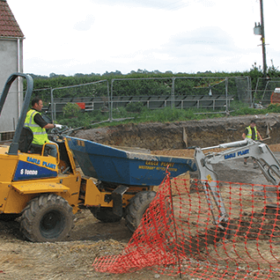
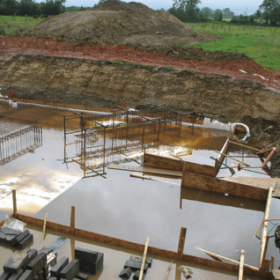
































































































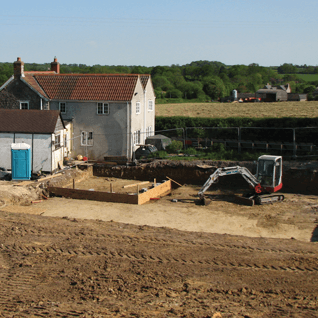
 Login/register to save Article for later
Login/register to save Article for later
